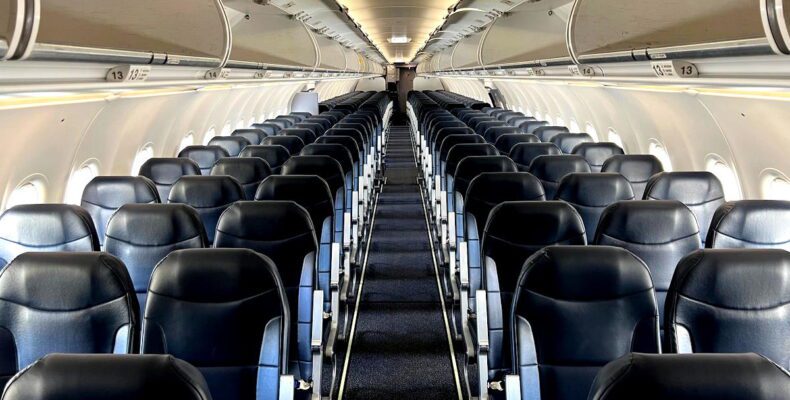Spirit Airlines Hikes Online Booking Charges
Guess what, travelers? Spirit Airlines just threw in a sneaky little surprise for our wallets. They’ve decided to up the fee for buying tickets online by a quaint $5 per flight segment. This little gem was spotted by JT Genter. Now, before you hit the panic button, this doesn’t actually change the end amount you pay, but it’s worth dissecting what this means for us.
Spirit Jacks Up the Passenger Usage Charge by Five Bucks
As of May 21, 2025, Spirit made its move with the “Passenger Usage Charge.” Previously oscillating between $3.99 and $22.99 per flight segment, it’s now scaled up to sit between $8.99 and $27.99 per segment. If math isn’t your forte, that’s an average boost of about $5 per go.
Now some of you might be thinking, what in the flying skies is a Passenger Usage Charge? Excellent question. Spirit says it covers any ticket purchases made online, at international airports, or through reservations centers. Simply put, you cough up this fee if you’re not buying your ticket at the ticket counter within a domestic airport.
Take a gander at a round trip from Tampa to Houston, then over to Los Angeles. The whole shebang costs $112.38. Drill it down, and the base fare is $29.21 but whammy, the Passenger Usage Charge is $55.98, clocking in at $27.99 a segment.
Most airlines skip on these Passenger Usage Charges, so you might ask what the practical upshot is with this hike.
- Spirit’s fares are shaped by competition and have to reflect an all-in price. So, if they up the Passenger Usage Charge by $5, expect the base fare to drop by the same amount.
- Here’s a bright side: if you’re brave enough to purchase your Spirit ticket right at the airport (not a popular sport, mind you), you shave off an extra $5 since you bypass this pesky fee.
Why the Fare Increase, Spirit?
Your brain might be doing a somersault right now — why would Spirit increase this charge if it can’t raise the final fare? Here’s the trick: it’s all about that bottom line and reducing the portion of ticket price that’s hit with the tax hammer. At the end of the day, we passengers just want to know what our out-of-pocket cost is, rather than who gets what slice of the pie.
Here in the U.S.A., airline tickets bear a federal excise tax of 7.5%. Key point: this tax zeroes in solely on the base fare, sidestepping optional fees.
So what makes a fee optional? If you can dodge it, it counts as optional. And since booking at a domestic airport lets you duck the Passenger Usage Charge, it qualifies as optional.
By hiking the Passenger Usage Charge by $5 per segment, Spirit can technically whisper away an extra 38 cents per segment per passenger, tax-free. On a full flight carrying 150 passengers, that tallies up to an extra $56 in Spirit’s pocket without lifting a tax finger. Of course, that’s all conditional on none of us booking at the airport itself. Sure, it might not erase Spirit’s financial woes — Spirit’s negative 22.5% operating margin in 2024 might need more than a few new tactics — but every bit counts, right?
Honestly, I’m rallying for an update to how we handle excise tax on airfare, because encouraging airlines to pile on fees doesn’t add up when it comes to how taxes are calculated.
The Takeaway
Spirit Airlines has rolled out a $5 hike in its Passenger Usage Charge per segment, but don’t fret — they’re playing the balancing game by decreasing the base fare correspondingly. This spectacle excludes those of you making ticket purchases at domestic airport counters. So, your total ticket cost isn’t technically increasing.
The whole idea is getting around that 7.5% federal excise tax creation to pocket an extra 38 cents per segment per flyer, assuming everyone bypasses in-airport booking.
What’s your read on Spirit’s maneuver?
